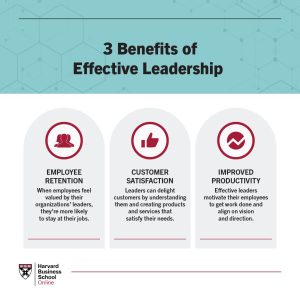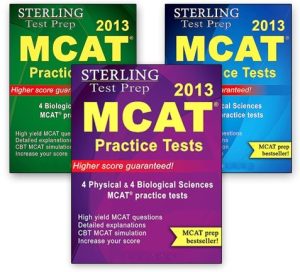
Choose the Best K-12 Schooling Options for Your Child’s Success
When it comes to your child’s education, making the right decision is crucial. Choosing the best K-12 schooling options can set the foundation for their future success. From public schools to private schools, there are various considerations to keep in mind when making this important choice.
Public Schools
Public schools are funded and regulated by the government. They are typically free and offer a comprehensive curriculum. Public schools are a popular choice for many families due to their accessibility and diversity. They provide opportunities for children to interact with peers from different backgrounds, promoting social inclusion.
Pros:
Free education
Diverse student body
Comprehensive curriculum
Access to various extracurricular activities
Cons:
Large class sizes, potentially affecting individual attention
Funding constraints may limit resources and programs
Less flexibility in terms of curriculum customization
Private Schools
Private schools are funded by tuition fees and are not regulated by the government. They often have smaller class sizes, allowing for more personalized attention. Private schools usually have a specific educational philosophy or approach, such as Montessori or Waldorf, which may align with your child’s individual needs and learning style.
Pros:
Smaller class sizes, enabling personalized attention
Specialized educational approaches
Strong focus on extracurricular activities, arts, and sports
Opportunities for networking and building connections
Cons:
Tuition fees can be expensive
Less diversity compared to public schools
Admission processes can be competitive
Limited options in terms of location
Charter Schools
Charter schools are publicly funded institutions but operate independently. They have more flexibility in terms of curriculum and teaching methods compared to traditional public schools. Charter schools often have a specific focus, such as STEM education, performing arts, or foreign languages. This allows parents to choose a school that aligns with their child’s interests and passions.
Pros:
Flexibility in terms of curriculum and teaching methods
Focus on specialized areas of interest
Smaller class sizes compared to public schools
Free education
Cons:
Admission can be competitive
Limited availability in some areas
Inconsistency in performance across different charter schools
Potential lack of resources and extracurricular activities
Homeschooling
Homeschooling involves parents taking on the responsibility of educating their children at home. It provides the opportunity for personalized, one-on-one instruction and flexibility in terms of curriculum. Homeschooling allows parents to tailor education to their child’s strengths and interests.
Pros:
Individualized attention and personalized instruction
Flexibility in terms of curriculum and scheduling
Opportunity for a closer bond between parent and child
Protection from negative social influences
Cons:
Requires a significant time commitment from parents
May limit social interactions and opportunities for collaborative learning
Need for the parent to have strong knowledge across subjects
Lack of access to specialized facilities and extracurricular activities
Conclusion
Every child is unique and has different educational needs. When choosing the best K-12 schooling option for your child’s success, consider their personality, learning style, and interests. Evaluate the pros and cons of different schooling options, and don’t hesitate to visit schools, speak to educators, and gather all the necessary information before making a decision. Remember, the right schooling option can lay the foundation for your child’s academic and personal growth.

